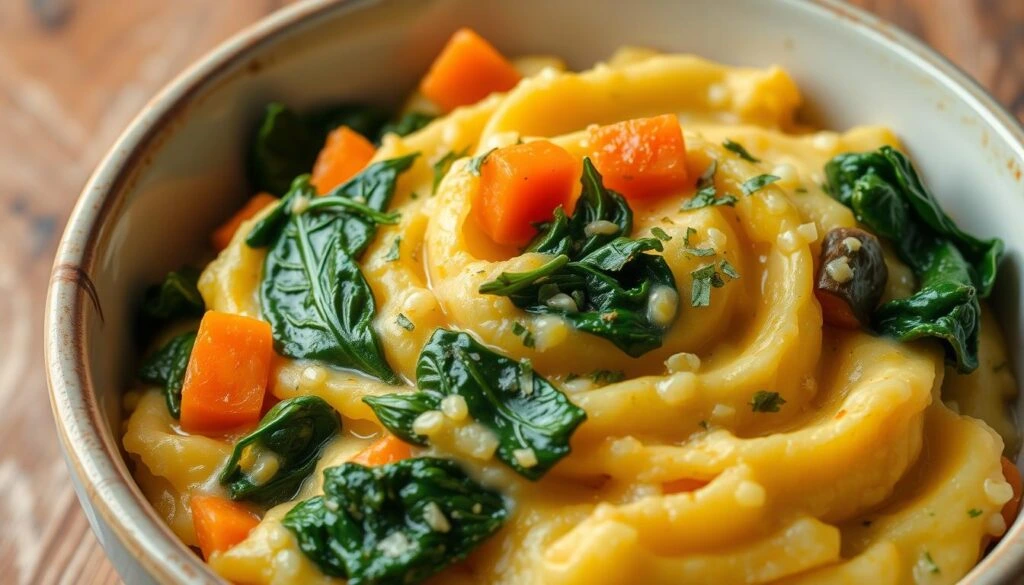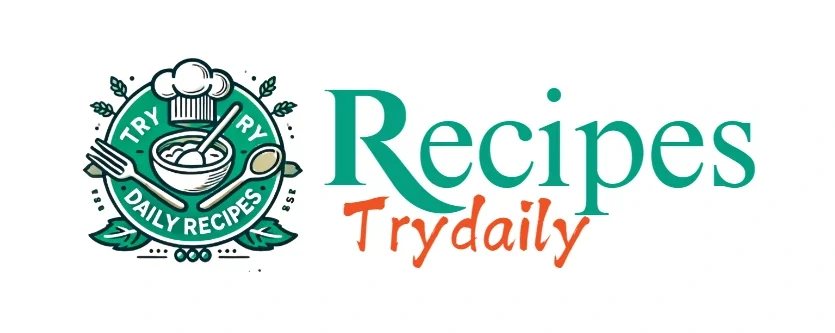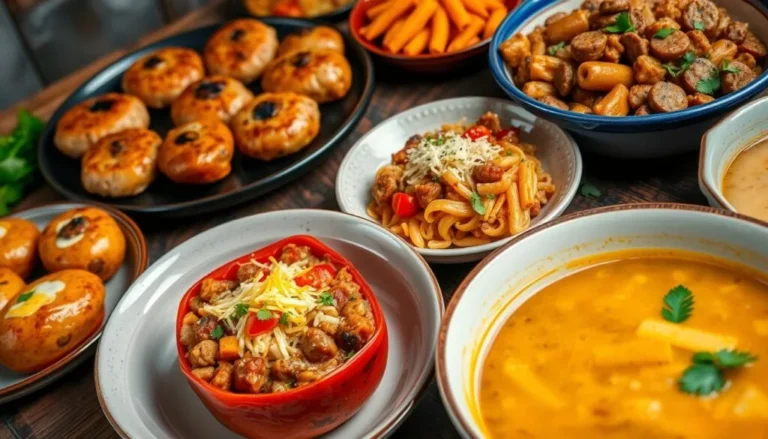Top 10 Foods to Include in a Soft Food Diet: Easy and Nutritious Options
Starting a soft food diet can seem tough, especially after surgery, dental work, or illness. But it’s a chance to care for your body and spirit with tasty meals. Think about enjoying a smooth, tasty soup or a healthy smoothie. These small joys can help you heal.

Table of Contents
Understanding Soft Food Diet Requirements and Benefits
A soft food diet is for people who have trouble chewing or swallowing. It includes soft, easy-to-digest foods. These foods are safe to eat without causing more problems.
Who Needs a Soft Food Diet?
Many conditions may require a soft food diet. These include:
- Difficulty swallowing (dysphagia) due to stroke, neurological disorders, or throat surgeries
- Dental or mouth issues, such as recent tooth extractions or sore gums
- Digestive problems that make it challenging to consume solid foods
- Certain medical conditions, such as head and neck cancer, Parkinson’s disease, or Alzheimer’s disease
Nutritional Considerations
Even though a mechanical soft diet or dysphagia diet limits certain foods, it’s crucial to get enough nutrients. Registered dietitians can tailor the diet to ensure it meets nutritional needs. This includes the right amount of calories, protein, vitamins, and minerals.
Duration and Progression
The length of a soft food diet varies based on the condition and progress. It might be short-term or long-term. The healthcare team will decide when to start adding more solid pureed foods back into the diet.
Essential Kitchen Tools for Preparing Soft Foods
Having the right kitchen tools is key for a soft food diet. They help make smooth, easy-to-digest meals. These tools are crucial for blending pureed foods or making a nourishing liquid diet.
Blender Brilliance
A top-notch blender is essential for a soft food diet. Choose one with strong blades that can blend even hard ingredients smoothly. Blenders turn fruits, veggies, cooked meats, and legumes into perfect pureed foods and liquid diet staples.
Food Processor Finesse
A food processor is also vital for soft food prep. It can chop, shred, and puree ingredients finely. This makes it great for achieving the right texture in your soft diet recipes.
Mastering the Immersion Blender
An immersion blender is great for small batches or spot-blending. Its small size and handheld design make it easy to blend sauces, soups, and more right in the pot. This saves on mess and cleanup.
Steaming Station
A steamer basket or pot is a big help for softening fruits and veggies. Steaming cooks them gently, keeping nutrients in. This makes them tender and perfect for pureed foods and liquid diet recipes.
With these essential tools, you can make a variety of tasty, nutritious soft foods. Try different appliances and methods to find what works best for you and your soft food diet.

Nutrient-Dense Smoothies and Protein Shakes
Smoothies and protein shakes are great for a soft food diet. They’re easy to make and taste good. Let’s look at the best ingredients and how to make them.
Best Fruits for Smoothies
Ripe bananas, creamy avocados, and sweet berries are top picks. They add sweetness, creaminess, and important vitamins and minerals.
- Bananas: High in potassium and provide a smooth, creamy texture.
- Avocados: Rich in healthy fats and contribute to a luxuriously thick consistency.
- Berries: Packed with antioxidants and add a burst of flavor to your smoothie.
Protein Add-ins
Adding protein-rich ingredients is key for balanced smoothies and shakes. Greek yogurt, nut butters, and protein powder add nutrients and keep you full.
- Greek yogurt: Provides a creamy texture and a boost of protein.
- Nut butters: Offer healthy fats and a delicious nutty flavor.
- Protein powder: Helps to increase the protein content of your drink.
Texture Enhancement Tips
Getting the right texture is easy with a few ingredients. Soaked chia seeds, rolled oats, and ice cubes thicken and improve the feel of your drinks.

By blending these ingredients, you can make tasty smoothies and shakes. They’re nutritious and fun to drink during your soft food diet.
Creamy Soups and Broths for Your Soft Food Diet
Starting a soft food diet? Nutrient-rich strained soups and liquid diets are great for your meals. They’re full of vitamins and minerals. Plus, they’re easy on your stomach.
Choose creamy, smooth soups for your diet. Go for ones with chicken, veggies, or legumes. They’re good for protein and fiber. Stay away from chunky or acidic soups that might upset your stomach.
- Try creamy butternut squash or cauliflower soup for a vitamin boost.
- Smooth potato or lentil soups are comforting and nutritious.
- Bone broth is full of collagen and other nutrients.
Make sure to strain or puree your soups well. This makes them smooth and easy to swallow. Adding cream, milk, or non-dairy milk can make them even creamier.
“Soups and broths are a wonderful way to nourish your body during a soft food diet. They’re not only comforting, but they can also provide essential nutrients to aid in your recovery.”
It’s all about finding the right mix of soft, nutritious foods. Try different strained soups and liquid diets to find what you like. This way, you can enjoy your meals while your body heals.

Soft Protein Sources: Fish, Eggs, and Tender Meats
When you’re on a soft food diet, it’s key to pick protein sources that are easy on your stomach. Fish, eggs, and tender meats are great options. They give your body the amino acids it needs, especially when you’re recovering or have dietary limits.
Preparation Methods
To get the right soft texture, use cooking methods that make proteins tender. For fish, try baking, poaching, or steaming. Eggs work well as scrambled, soft-boiled, or in an omelet. Choose tender cuts like ground beef, pulled chicken, or thin roast for meats.
Portion Guidelines
- Go for 3-4 ounces of cooked protein per meal or snack.
- Change portion sizes to fit your calorie and nutrient needs.
- Add protein-rich foods to soups, smoothies, or mashed dishes to boost your intake.
Safe Temperature Requirements
It’s important to cook proteins to the right internal temperatures for safety and texture. Fish should hit 145°F (63°C), eggs and ground meats 160°F (71°C). Always check food safety guidelines for exact temperatures for your soft proteins.
| Protein Source | Safe Internal Temperature |
|---|---|
| Fish | 145°F (63°C) |
| Eggs | 160°F (71°C) |
| Ground Meats | 160°F (71°C) |

Adding these soft proteins to your mechanical soft diet helps meet your nutritional needs. It also lets your body heal and recover smoothly.
Mashed and Pureed Vegetables Guide
Mashed and pureed vegetables are great for a soft food diet. They’re full of vitamins and minerals. Plus, they’re smooth and easy to eat, which is good for your stomach.
Some veggies mash better than others. Potatoes, sweet potatoes, and squash are good choices. So are soft veggies like zucchini, carrots, and cauliflower.
To cook them right, steam or boil until they’re soft. This keeps the nutrients in and makes them smooth. Try adding garlic, herbs, butter, or olive oil for extra flavor.
| Vegetable | Preparation Method | Seasoning Suggestions |
|---|---|---|
| Potato | Boil | Salt, pepper, butter, garlic |
| Sweet Potato | Bake | Cinnamon, nutmeg, honey |
| Cauliflower | Steam | Garlic, parmesan, chives |
| Carrots | Boil | Ginger, cumin, dill |
Try different veggies and flavors to find what you like. With a bit of creativity, you can make tasty mashed and pureed dishes. They’re good for you and taste great.

Dairy Options and Alternatives
Dairy products are great for a soft food diet because they offer protein, calcium, and more. But, some people might need to try dairy alternatives because of lactose intolerance or personal choice. Let’s look at the different dairy options and alternatives good for a soft food diet.
Yogurt Varieties
Yogurt is a great dairy product for a soft food diet. Choose soft, creamy yogurt varieties like Greek yogurt, cottage cheese, or drinkable yogurt. These are smooth and easy to swallow, and they’re full of nutrients.
Cheese Selections
Soft cheeses like ricotta, cream cheese, and cottage cheese are perfect for a soft food diet. You can use them in dips, spreads, or as toppings for other soft foods. Stay away from hard, sharp cheeses that are hard to chew.
Non-dairy Substitutions
- Soy-based yogurt or kefir
- Almond milk or oat milk
- Puréed tofu or silken tofu
- Coconut-based yogurt or cheese alternatives
Non-dairy options can give you the nutrients you need, just like dairy. They’re a good choice for those who can’t have dairy or have dietary restrictions.
“Incorporating a variety of dairy and non-dairy options into your soft food diet can help ensure you’re getting the nutrients your body needs during the recovery process.”
Foods to Avoid During Your Recovery
When you’re on a dysphagia diet or a soft food diet, stay away from certain foods. These can be hard to chew, swallow, or digest. They might cause discomfort or problems.
Here are some foods to avoid on a soft food diet:
- Tough, fibrous meats like steak, pork chops, and sausages
- Crunchy or hard textures, such as raw vegetables, nuts, and seeds
- Dry, crumbly breads and baked goods
- Highly acidic foods, including citrus fruits and tomatoes
- Spicy or heavily seasoned dishes that may irritate the throat
Choose soft, smooth, and easy-to-digest foods instead. Think pureed soups, mashed potatoes, and soft, cooked veggies. These foods are gentle on your body. They help you get the nutrients you need while you recover.
| Food to Avoid | Recommended Alternative |
|---|---|
| Steak | Finely ground or pureed meat |
| Raw carrots | Mashed or pureed cooked carrots |
| Crusty bread | Soft, moist bread or rolls |
| Grapefruit | Applesauce or pureed pears |
| Spicy chili | Creamy, mild soup |
Pay attention to the textures and types of food you eat. This helps you follow a successful soft food diet during your recovery or when managing a condition that requires it.

Conclusion
A soft food diet can help with healing and keeping your nutrition balanced. It’s especially useful during medical conditions or when you’re recovering. By choosing foods that are easy to swallow and full of nutrients, you help your body stay healthy.
Planning and being creative are key to a successful soft food diet. Try out new recipes and ways to make food softer. Also, don’t forget to talk to your doctor or a dietitian for advice. They can help you make the most of your soft food.
Starting a soft food diet doesn’t mean you have to give up taste or variety. With a bit of creativity, you can find many tasty, healthy foods. So, explore and make your soft food diet a positive part of your health journey.
FAQ
What is a soft food diet?
A soft food diet includes foods that are easy to chew and swallow. They are often smooth or liquid-like. This diet is good for people recovering from surgery or with dental issues.
Who needs to follow a soft food diet?
People with certain conditions might need a soft food diet. This includes those recovering from surgery or with swallowing problems. It’s also for those with dental issues or digestive disorders.
How long do I need to follow a soft food diet?
The length of a soft food diet varies. After surgery, it can last weeks to months. For swallowing issues, it might be longer. Dental problems usually resolve quickly.
What are the nutritional considerations for a soft food diet?
It’s important to eat a balanced diet on a soft food plan. Include soft proteins like eggs and dairy. Add fruits and veggies, and healthy fats from avocado. Stay hydrated with soups and smoothies. Get help from a dietitian to plan your diet.
What kitchen tools are helpful for preparing soft foods?
Some kitchen tools are great for soft foods. Use a blender for purees. An electric mixer makes creamy textures. A slow cooker cooks soft foods gently. A masher is good for mashed veggies.
What are some nutrient-dense smoothie and protein shake options?
Smoothies and shakes are good for a soft food diet. Use fruits like bananas and berries. Add spinach for nutrients. Use nut butters for creaminess. Protein powders increase protein.
What types of soft, easy-to-swallow proteins are recommended?
Choose soft proteins for your diet. Try flaked fish, soft-cooked eggs, and ground chicken. Use nut butters and melted cheeses. Ensure these are cooked soft and served warm.
What are some recommended soft, easy-to-swallow vegetable options?
Mashed and pureed veggies are great for a soft diet. Try mashed sweet potatoes and pureed carrots. Use a blender for smooth textures. Avoid tough or crunchy veggies.
What dairy products are suitable for a soft food diet?
Choose soft dairy products for your diet. Yogurt, cottage cheese, and melted cheeses are good. Use plant-based milks for alternatives. Avoid hard cheeses and dry milk.
What foods should be avoided on a soft food diet?
Avoid tough, fibrous, or crunchy foods. Stay away from dry, hard, or chewy items. Avoid acidic or spicy foods. Also, skip sticky or gummy foods and carbonated drinks. Always check with a healthcare provider about specific foods to avoid.
Tell us how u found this recipe?
There are no reviews yet. Be the first one to write one.







